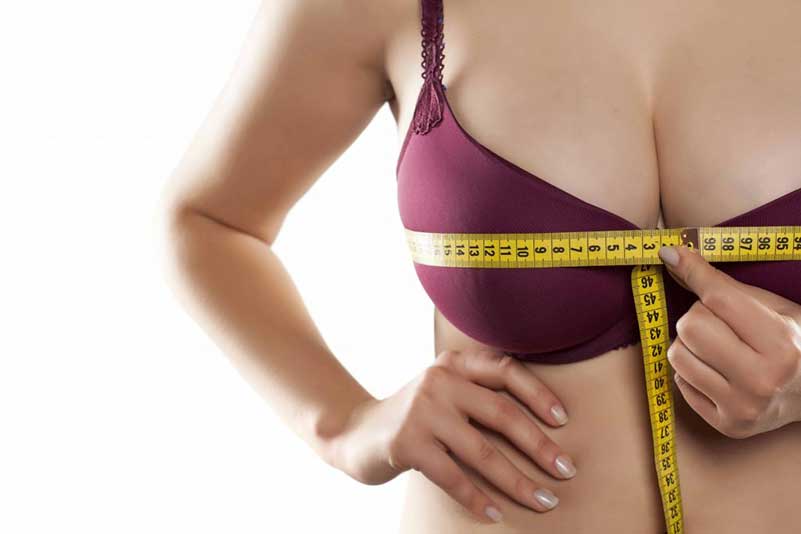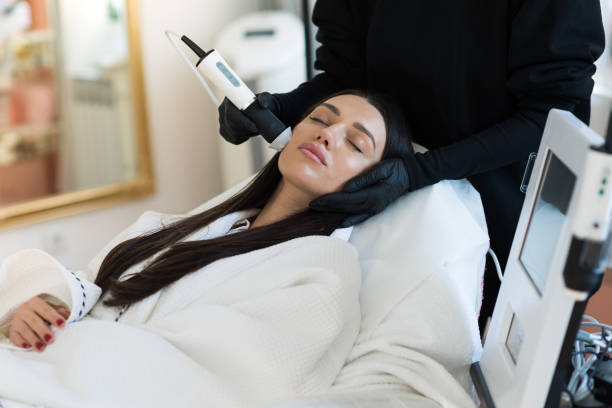Liposuction is a popular cosmetic procedure designed to remove stubborn fat deposits and contour the body, helping patients achieve a slimmer, more defined shape. However, understanding the recovery process is just as important as the surgery itself, as proper care and realistic expectations ensure the best results and a smooth healing journey. This guide will walk you through what to expect during liposuction recovery, with a focus on the specifics relevant to those opting for Liposuction in Riyadh, highlighting common experiences, timelines, and essential aftercare tips.
Understanding the Initial Recovery Phase
Immediate Post-Procedure Effects
Right after liposuction surgery, it’s normal to experience swelling, bruising, and some tenderness in the treated areas. These effects are the body’s natural reaction to surgery and typically peak within the first few days. Most patients also report a degree of discomfort that can be managed effectively with pain relief medication prescribed by the surgeon. Resting during this period is crucial, and patients will usually be advised to limit movement to promote healing while avoiding complete inactivity.
Importance of Compression Garments
Wearing a compression garment is a vital part of the recovery process for Liposuction in Riyadh and elsewhere. These garments help reduce swelling, support the treated areas, and encourage the skin to contract evenly, minimizing the risk of irregularities and improving overall contour. Typically, the compression garment should be worn consistently for several weeks post-surgery as per medical advice.
Gradual Improvements Over Weeks
First Two Weeks: Managing Discomfort and Resuming Light Activities
In the first one to two weeks post-surgery, swelling and bruising begin to subside, and patients generally start feeling more comfortable. During this time, it is common to experience some numbness or tingling sensations around the operated area, which gradually diminishes as nerves heal. Light walking is encouraged to boost circulation and prevent blood clots, but heavy lifting and strenuous exercise should be avoided.
Returning to Work and Daily Routines
Many patients find they can resume non-physical work within a week or two, depending on the intensity of their job and individual healing speed. It’s important to listen to your body and not rush the recovery process, as premature physical strain can increase swelling or cause complications.
Long-Term Recovery and Final Results
Weeks 3 to 6: Continued Healing and Visible Contouring
By the third to sixth week, a significant reduction in swelling allows for clearer visibility of the liposuction results. Some mild swelling might persist, but the treated areas will begin to feel firmer and look more sculpted. Scarring from small incisions will start to fade, and patients can typically increase physical activity levels gradually under medical guidance.
Months After Surgery: Permanent Changes and Lifestyle Impact
Final results often become apparent between three to six months after the procedure, as the body fully adjusts to its new contours. It is important to maintain a stable weight and healthy lifestyle to prevent fat from returning in other areas. Patients often report a boost in self-esteem and comfort in their appearance during this phase.
Essential Aftercare Tips for a Successful Recovery
Rest and Recovery Balance
While rest is necessary immediately after surgery, incorporating gentle movement such as walking improves blood flow and reduces swelling. Avoid prolonged bed rest to minimize risks such as deep vein thrombosis.
Nutrition and Hydration
Eating a balanced, nutrient-rich diet supports tissue repair and reduces inflammation. Staying well-hydrated flushes toxins and promotes faster healing.
Monitoring Healing Progress
Regular follow-up visits with your surgeon are critical during the recovery period to monitor healing and address any concerns promptly. Watch for signs of infection or unusual symptoms and report them immediately.
Avoiding Smoking and Alcohol
Both smoking and alcohol consumption can impair healing, increase swelling, and raise the risk of complications; patients are advised to avoid these until fully recovered.
Psychological Benefits and Realistic Expectations
Understanding that liposuction is not a weight-loss solution but a body contouring procedure helps set realistic expectations. The emotional boost from improved body image often contributes significantly to patient satisfaction. Maintaining open communication with your healthcare provider throughout recovery ensures alignment on progress and outcomes.
Frequently Asked Questions
Q1: How long should I wear the compression garment after liposuction?
Most surgeons recommend wearing compression garments continuously for about 4 to 6 weeks to effectively reduce swelling and support skin tightening.
Q2: When can I return to exercise after liposuction?
Light activities can usually resume within 2 to 4 weeks, but intense workouts and heavy lifting should be avoided for at least 6 weeks or until cleared by your surgeon.
Q3: Is swelling after liposuction normal, and how long does it last?
Swelling is a normal part of healing and can last several weeks, gradually decreasing over 3 to 6 months when final results become visible.
Q4: What signs during recovery should prompt me to contact my doctor?
Signs such as excessive pain, redness, unusual discharge from incision sites, fever, or increased swelling may indicate infection or complications needing prompt medical attention.
Q5: Can liposuction be combined with other procedures, and how does that affect recovery?
Liposuction is sometimes performed with other cosmetic surgeries, which may extend recovery time and require modified aftercare; always discuss combined procedures with your surgeon beforehand.







0 Comments